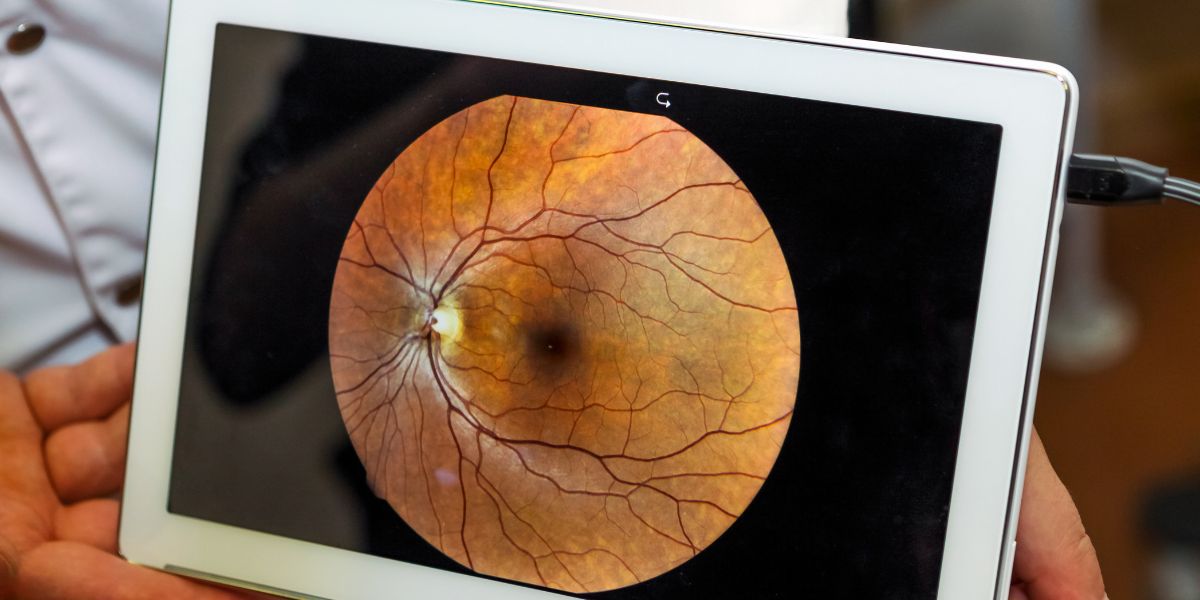- Subretinal drusenoid deposits (SDD) are a form of age-related macular degeneration
- People with SSD are more likely to have cardiovascular disease associated with increased risk of stroke
- Researchers hope findings can support increased screening and fewer cardiovascular events
Patients with a specific form of age-related macular degeneration are also highly likely to have serious forms of cardiovascular disease, new research shows.
According to the study from New York Eye and Ear Infirmary of Mount Sinai, having subretinal drusenoid deposits (SDD), a form of age-related macular degeneration, makes patients highly likely to have either underlying heart damage from heart failure and heart attacks, or advanced heart valve disease, or carotid artery disease associated with certain types of strokes
Age-related macular degeneration, or AMD, is caused by damage to the macula, the central area of the retina responsible for reading and driving vision.
- Significant link between eating disorders and risk of diabetic eye problems
- British male becomes first human to be given 3D-printed prosthetic eye
AMD is the leading cause of visual impairment and blindness in the USA for people over the age of 65.
The study is the first to establish specific forms of high-risk cardiovascular and carotid artery disease are associated with subretinal drusenoid deposits.
Researchers used retinal imaging to examine the eyes of 200 patients with age-related macular degeneration to determine whether patients had SDDs. Participants were also asked to fill out a questionnaire on their family history of cardiovascular disease.
According to the study, age-related macular degeneration patients who had these serious cardiovascular conditions and strokes were nine times more likely to have subretinal drusenoid deposits than those who did not.
Lead author R. Theodore Smith, MD, PhD, Professor of Ophthalmology at the Icahn School of Medicine at Mount Sinai said: “This study is the first strong link between the leading cause of blindness, AMD, and heart disease, the leading cause of death worldwide.”
“Furthermore, we also have strong evidence for what actually happens: the blood supply to the eye is directly diminished by these diseases, either by heart damage that diminishes blood supply throughout the body, or from a blocked carotid artery that directly impedes blood flow to the eye.”
- Wearable device design to help manage eye and mouth conditions unveiled
- Study finds getting 8,200 steps a day reduces risk of high blood pressure, sleep apnoea and depression
“A poor blood supply can cause damage to any part of the body, and with these specific diseases, the destroyed retina and leftover SDDs are that damage. Retinal damage means vision loss, and can lead to blindness.”
It is hoped that the will lead to enhanced screening in order to save eyesight, discover undiagnosed heart disease, and avoid severe cardiovascular events.
The study was published in BMJ Open Ophthalmology.






